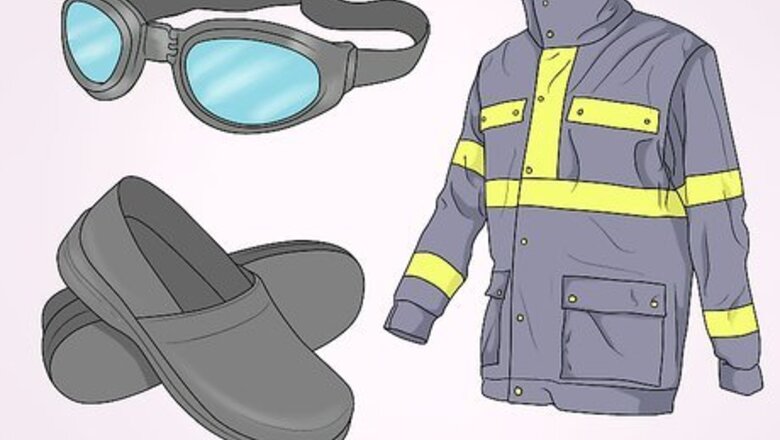
views
Taking Safety Precautions
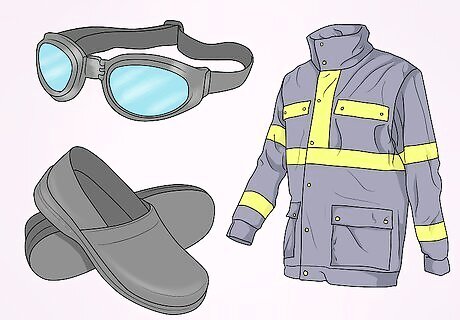
Protect yourself. To stay safe, wear slip-resistant shoes. Wear safety goggles to protect your eyes. Attach yourself to the chimney or another secure point using a safety rope, if necessary. Wear long sleeves and pants to avoid getting the cleaning agent on your skin. Before venturing out onto the roof, let someone know you’ll be doing so. That way, if you suffer an accident or injury on the roof, they’ll be able to find you.

Remove excess debris. Before using a cleaning agent to clean your asphalt shingles use a leaf blower or broom to sweep the shingles clean. Get rid of leaves, branches, and other debris that that may be on the shingles. This will make your efforts more effective and prevent you from dangerous situations like tripping on branches. When using the leaf blower to clear debris, blow from the ridge toward the edge of the roof. This will prevent branches and other debris from lodging beneath the shingles’ edges. There’s no need to wash the shingles before using the chemical cleaner.
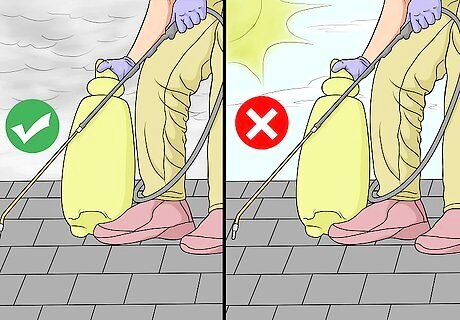
Clean the asphalt shingles on cloudy days. If you clean your roof on a day that is too hot or sunny, the cleaner will not have much time to work before it evaporates. Plus, it is easier to work outdoors on days that are less hot and humid. Therefore, clean asphalt shingles on cloudy days. Additionally, don’t clean your asphalt tiles on days when the cleaning agent could freeze. In other words, only clean your asphalt shingles on days when the temperature will remain above 32 degrees Fahrenheit (zero degrees Celsius). Stay off the roof during very windy days.

Protect nearby plant life. Before you get started, place bags over shrubs or plants that might be sprayed indirectly as a result of your cleaning. This will protect them from the potentially lethal chemicals in the cleaning agent.
Spraying Cleaner and Scrubbing Shingles

Choose your cleaning agent. You cannot effectively clean asphalt shingles with just soap and water. Instead, you’ll have to choose a specially-formulated cleaning agent. Whenever possible, choose a noncorrosive and environmentally friendly cleaning product. Commonly used cleaning agents include Roof Shampoo and Shingle Roof Mold Cleaner OX. If you don’t want to buy a commercial cleaner, you can easily make your own by mixing equal amounts of laundry-strength chlorine bleach and water.
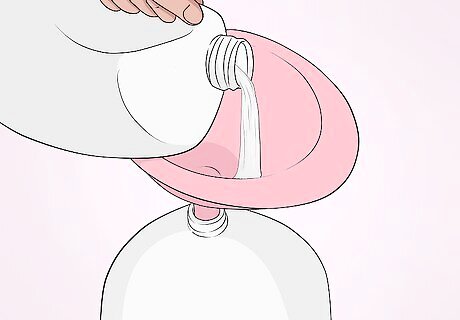
Pour the cleaning agent into a spraying device. Fill a low-pressure agricultural sprayer or a pump-up garden sprayer with the asphalt cleaning agent. For more information regarding how to pour your cleaning agent into the spraying device, consult manufacturer directions. Generally, you’ll need to unscrew the tops of the spraying device and the cleaning agent, fill the spraying device, then screw the tops of the cleaning agent and the spraying device back on. Don’t use a pressure washer to apply the cleaning agent. Doing so can damage your asphalt shingles. Use a low-pressure sprayer rated about 30 PSI.
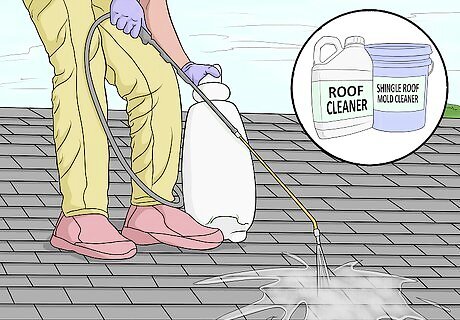
Apply the cleaning agent to the roof. After clambering out onto your roof, spray the asphalt shingles you wish to clean. Generally, you’ll need to point the nozzle of the spraying device toward the shingle you wish to clean, then depress the handle. After applying the cleaning agent, allow it to work its magic for about 20 minutes. The exact method by which you can spray the asphalt shingles varies slightly depending on the type of spraying device you’ve decided to use. Consult manufacturer directions for more information. The amount of cleaning agent you’ll need to use depends on the number and size of the asphalt shingles you wish to clean. Generally, the more shingles you want to clean, the more cleaning agent you’ll need. You can identify asphalt shingles that need to be cleaned by looking for black, green, or blue stains. This indicates the presence of algae or moss.
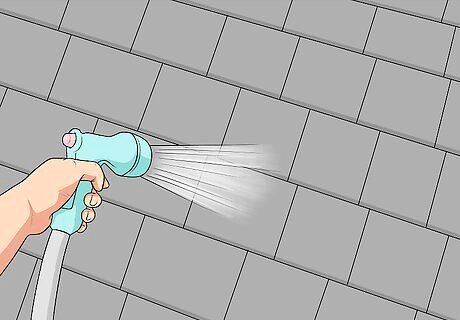
Spray the roof with water. After about 20 minutes, spray the asphalt shingles with water from your garden hose. This will rinse away excess cleaning agent. If it’s more convenient, empty the low-pressure sprayer and fill it with water to rinse your asphalt shingles.

Scrub tenacious moss or algae. If moss or algae growth on your asphalt shingles is particularly thick, use a medium-stiff bristled broom or brush to loosen it with a gentle back-and-forth scraping motion. Don’t use too much force, however, or you could loosen the mineral granule from the shingle. If you’re having a hard time getting your asphalt shingles clean, let the roof dry, then spray it with the cleaning agent and rinse it with water again.
Preventing Algae and Moss Growth
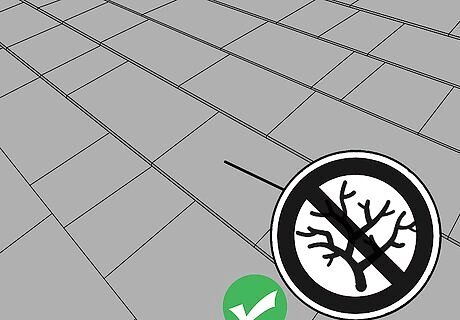
Use algae-resistant shingles. Some asphalt shingles contain copper. Since copper is toxic to algae, this sort of asphalt shingle will naturally stay free of algae. This sort of shingle is especially preferable if you live in an area prone to algae growth. Alternately, you could affix a strip of zinc or copper just below the ridge of your roof. The zinc or copper particles will trickle down the roof when it rains, inhibiting algae growth.
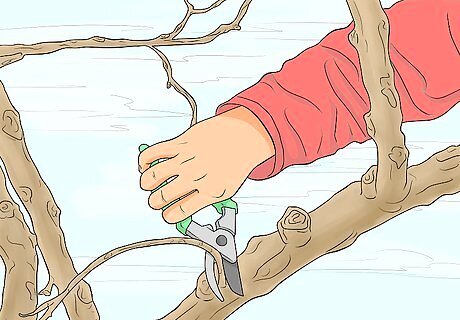
Trim tree growth that hangs over the asphalt shingles. If your asphalt shingles are beneath tree cover, algae is more likely to grow. Trim back tree branches to let the sunlight naturally discourage the growth of algae.
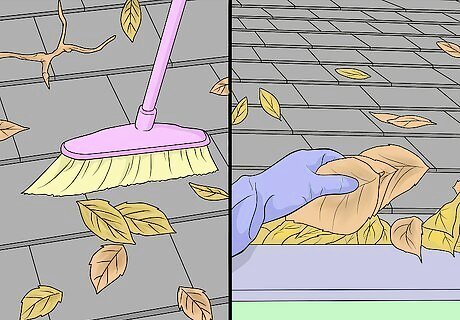
Clear your roof of debris. Even when you aren’t preparing to clean your asphalt shingles, it’s a good idea to venture out onto your roof semi-regularly to keep it clear of branches, leaves, and other plant matter. Doing so will discourage algae and moss growth.



















Comments
0 comment